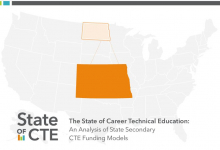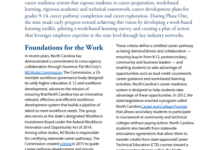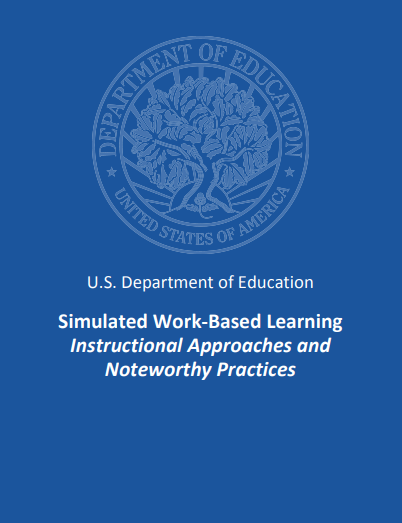Simulated work-based learning replicates workplace experiences by allowing students to immerse themselves in a realistic worksite activity without leaving campus. They help enhance programs of study with real-world experiences, expanding opportunities for learners that are geographically disconnected from employers or face barriers such as lack of resources, transportation and insurance to participate in worksite experiences. States like Alabama, Kansas, Montana, North Carolina and West Virginia are leading the field in the use of simulation as an instructional tool. This report from the National Center for Innovation in Career Technical Education examines different state approaches to providing simulated work-based learning, creating a typology of simulated work-based learning:
- Simulation tools
- Simulated workplaces
- School-based enterprises
The authors profile different examples across the states, taking note of the variation in simulated delivery at the secondary and postsecondary level. They conclude with considerations for program development and recommendations for state and local policymakers to adopt simulated work-based learning opportunities.






